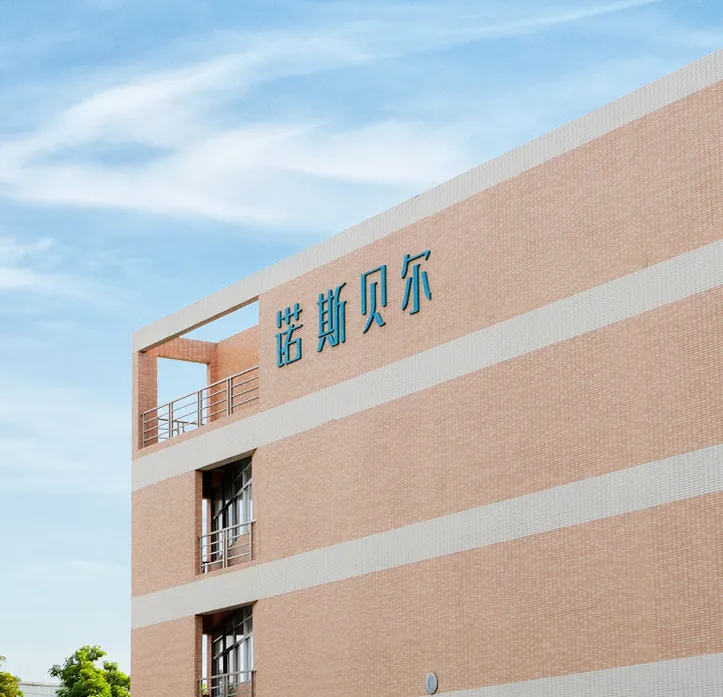Beauty mask manufacturing involves a series of processes and technologies that work together to create the final product. From selecting ingredients to packaging the finished masks, each step is crucial in ensuring the quality and efficacy of the product.
Selecting Ingredients
The first step in manufacturing beauty masks is selecting the right ingredients. Manufacturers carefully choose each ingredient based on its intended purpose, whether it be to hydrate, brighten, or tighten the skin. These ingredients can range from natural extracts like aloe vera and green tea to synthetic compounds that have been shown to improve skin health.
Mixing and Proportioning
Once the ingredients are selected, they are carefully measured and mixed together in precise proportions. This step is crucial in ensuring that each mask contains the right amount of active ingredients to achieve the desired results. Some manufacturers use advanced mixing technologies to ensure that the ingredients are thoroughly blended and evenly distributed throughout the mask.
Forming the Masks
After the ingredients are mixed, the mask is formed into the desired shape and size. This can be done using a variety of techniques, such as molding, extrusion, or cutting. Some manufacturers use molds to create masks in specific shapes, while others use extrusion techniques to create sheet masks that can be easily applied to the skin.
Enhancing Efficacy
Once the masks are formed, they may undergo additional processes to enhance their efficacy. This can include treatments like steaming, cooling, or infusing the masks with additional nutrients. Some manufacturers even use advanced technologies like nanotechnology to increase the penetration of active ingredients into the skin.
Packaging
After the masks have been formed and treated, they are packaged in a way that preserves their freshness and efficacy. Manufacturers use a variety of packaging materials, such as foil pouches, jars, or tubes, to protect the masks from light, air, and moisture. Some manufacturers even use vacuum sealing techniques to prolong the shelf life of their products.
Quality Control
Throughout the manufacturing process, quality control measures are implemented to ensure that each mask meets the highest standards of safety and efficacy. This can include testing the masks for microbial contamination, stability, and skin irritation potential. Manufacturers may also conduct clinical trials to validate the effectiveness of their products.
Conclusion: Shaping the Future of Beauty Industry
In conclusion, beauty mask manufacturer involves a complex series of processes and technologies that work together to create high-quality products. From selecting ingredients to packaging the finished masks, each step is carefully executed to ensure that the masks are safe, effective, and enjoyable to use. By setting high standards for quality and efficacy, leading beauty mask manufacturers play a crucial role in shaping the future of the beauty industry.